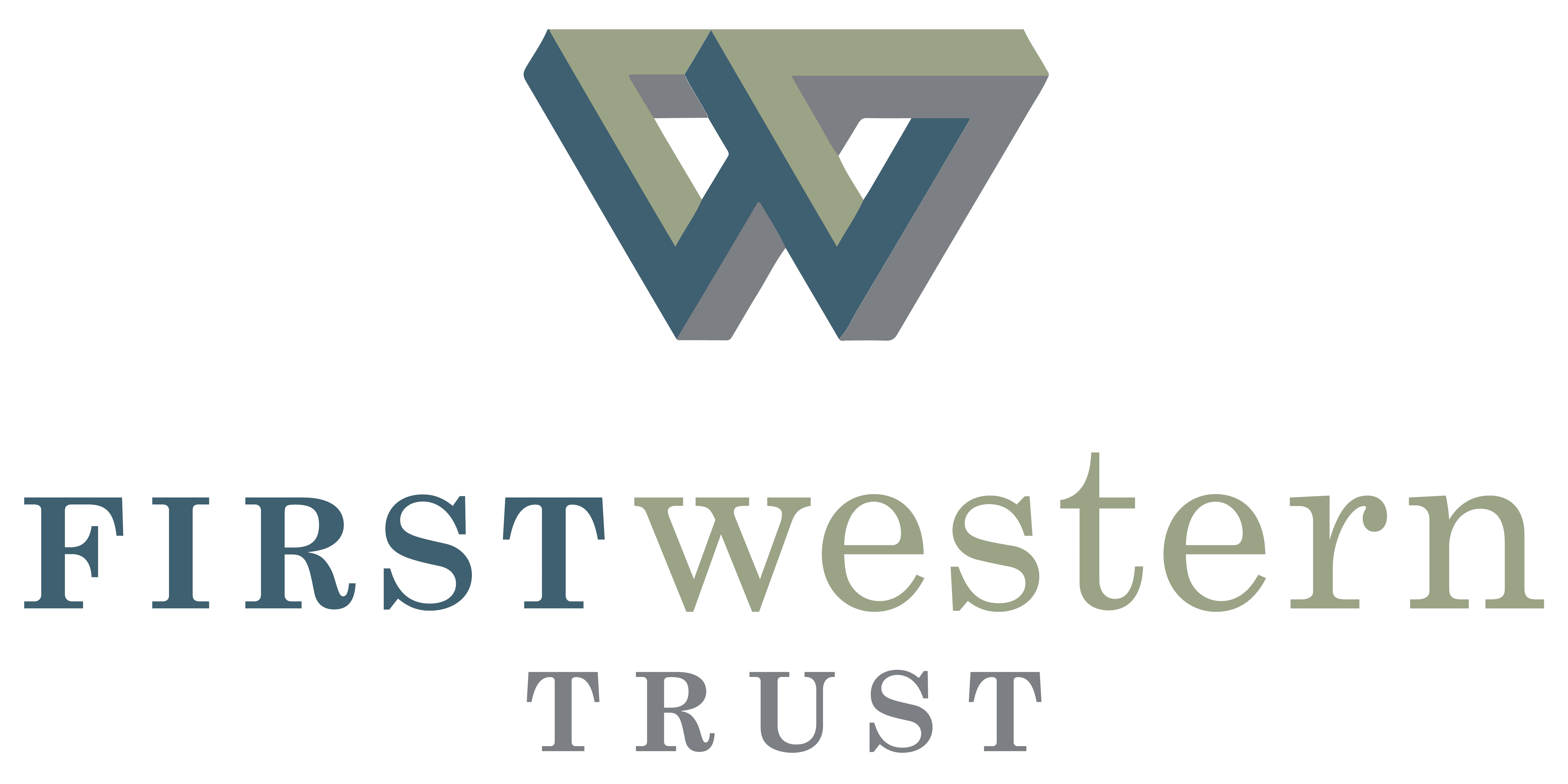
January 2022 Market Commentary
February 7, 2022
Markets endured a wild ride in January as volatility spiked on concerns over higher inflation and uncertainties regarding monetary policy. After attaining a new record high on January 3, the S&P 500 proceeded to lose ground on 13 out of the following 19 trading days, to end the month down 5.3%, its worst monthly performance since March 2020. Performance would have been significantly worse if not for a 4.4% rebound over the final two days of the month. Other areas of the market suffered even worse returns with small caps (Russell 2000) losing 9.7% and the tech-heavy NASDAQ falling 9.0%.
Not obvious by looking at index level returns was the extent to which underlying companies sold off. Because most indices are market-cap weighted, when the large, dominant holdings within an index perform better than the aggregate return, it can obscure the degree and magnitude to which other companies underperform. For example, while the S&P 500 ended January 5.9% below its 52-week high, a full 26% of companies within the index ended the month in “bear” territory, defined as a pullback of 20% or more from recent highs. For the Russell 2000, the index ended January down -17.5% while 68% of companies ended down 20% or more, and 51% ended down 30% or more.
Across all market caps (large, mid, and small) value stocks outperformed growth stocks, though to be clear that was only on a relative basis, as all absolute returns were negative. By sector, more cyclical and defensive areas of the market performed better, led by Energy, Financials, and Consumer Discretionary, which returned 19.0%, -0.1%, and -1.5%, respectively. Consumer Discretionary, Real Estate, and Technology were the worst-performing sectors, down -9.7%, -8.5%, and -6.9%, respectively, impacted by Omicron variant cases and concerns about rising interest rates. Having significantly underperformed the S&P 500 in 2021, international markets fared relatively better in January with developed (MSCI EAFE) and emerging markets (MSCI EM) falling 4.8% and 1.9%, respectively.
Concerns about inflation continued to build during January as headline CPI rose to 7.0%, its highest level since 1982. Reflecting ongoing supply chain disruptions impacting auto manufacturers, used car and truck prices jumped 37.3% Y/Y. Excluding more volatile food and energy prices, core CPI rose 5.5% from a year ago, the fastest annual pace since 1991. Similarly, the Fed’s preferred measure of inflation, core personal consumption expenditures (PCE) rose 4.9%, also the highest level since 1982. Concerned that higher inflation might become entrenched in the broader economy, the Fed became increasingly “hawkish” in both its tone and actions. At the conclusion of its January meeting, the Fed announced that it will now end its bond tapering in early March, and all but confirmed that it will begin to raise rates the same month. Speaking afterward, Fed Chair Jay Powell reiterated that the Fed will be as responsive as necessary in combating inflation, utilizing both interest rate hikes as well as reductions to its balance sheet. Powell also surprised markets by not explicitly ruling out the possibility of enacting a 0.50% rate hike at some point, as opposed to the 0.25% increases the market is currently expecting.
4Q21 GDP expanded by a very strong 6.9%, overcoming ongoing supply chain issues, concerns about inflation, and the rapid spread of the new Omicron variant. Despite supply chain issues, inventory restocking was the most significant contributor, accounting for 4.9% of the total growth. Consumer and business spending increased from 2.0% to 3.3%, and 12.4% to 32.0%, respectively. Excluding inventories, business spending rose 1.3%. Trade was neutral for the quarter, ending five consecutive quarters in which it detracted from growth. Overall, the 4Q21 report was very positive and helped push full-year growth to 5.7%, the strongest pace since 1984. Looking ahead, economic growth is expected to moderate over the course of 2022 as the economy continues to naturally slow from its post-pandemic rebound, and higher interest rates create an additional headwind to growth.
Fourth quarter earnings season got off to a strong start. Through Friday, January 28, 33% of S&P 500 companies had reported 4Q21 earnings, with 77% of those surpassing their consensus estimate. According to industry group Factset, aggregate 4Q21 S&P 500 earnings are expected to increase 24%, Y/Y, which would mark the fourth consecutive quarter of earnings growth in excess of 20%, the longest such streak since 2009-2010. Earnings growth is expected to slow to mid-single digits during 1H22, given the strength of the economic rebound in 1H21, before slowly reaccelerating in the second half of the year.
Similar to equity markets, fixed income markets also experienced significant volatility in January, as hawkish Fed commentary put upward pressure on interest rates. Those higher rates resulted in the Bloomberg Aggregate Bond index falling 2.2%, its worst monthly performance since late 2016 when the Fed was preparing to embark on its last rate tightening cycle. No sector was immune as Treasuries, investment grade and high yield corporates, and municipal bonds all suffered losses to varying degrees.
Interest rate volatility was highlighted by the 10-Year Treasury yield, which ranged from a low of 1.51% to a 12- month high of 1.87%, before falling back slightly to end the month at 1.78%. The decline towards the end of the month was due to concerns that the economy is slowing just as the Fed is preparing to enact rate hikes. The combination of a slowing economy and an aggressive Fed raises concern over future growth possibilities, which tempered selling on the long end of the curve. The short-end of the curve saw considerably more selling, as the market continued to adjust to new rate hike expectations, with Fed Chair Powell leaving all options open in his press conference following the Fed’s January meeting. The market has now priced in five rate hikes for 2022, which raised the 2-Year Treasury yield to 1.18% at the end of the month, its highest level since early 2020.
The muni market, which typically follows the lead of the US Treasury market, was initially slow to respond to rising rates but ramped up with a sell-off in the latter part of the month. That resulted in muni curve yields reaching 12- month highs across the board, with the 2-year and 10-Year AAA muni yield finishing the month at 0.88% and 1.56%, respectively. Similar to the Treasury market, the sell-off was driven by new rate expectations given the Fed’s hawkish shift. From a credit quality perspective, the municipal market remains strong, with the economic recovery boosting property, sales, and income taxes.

















